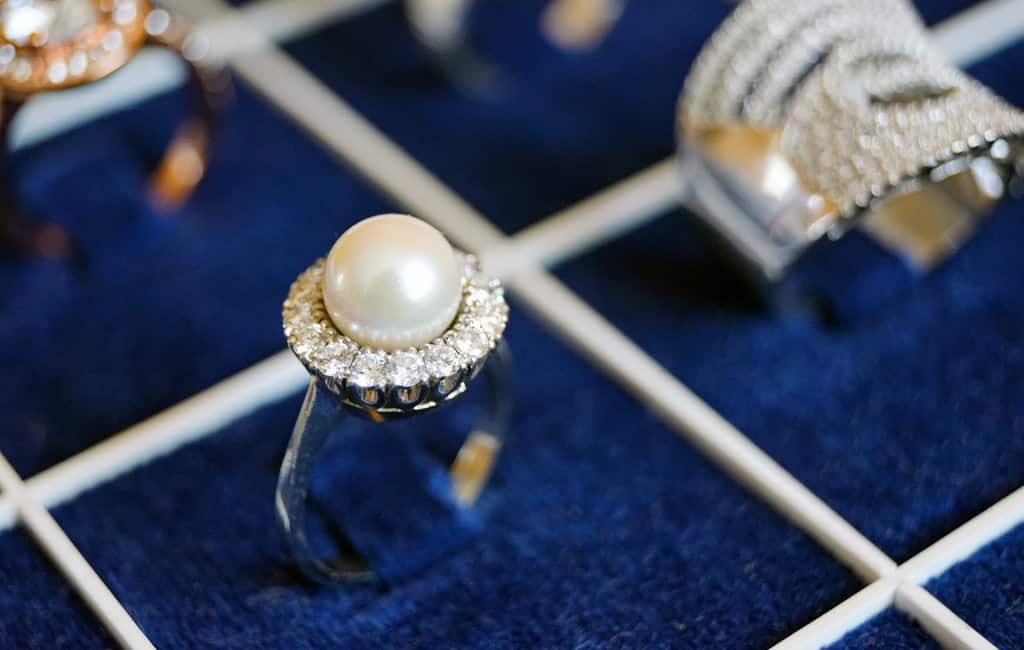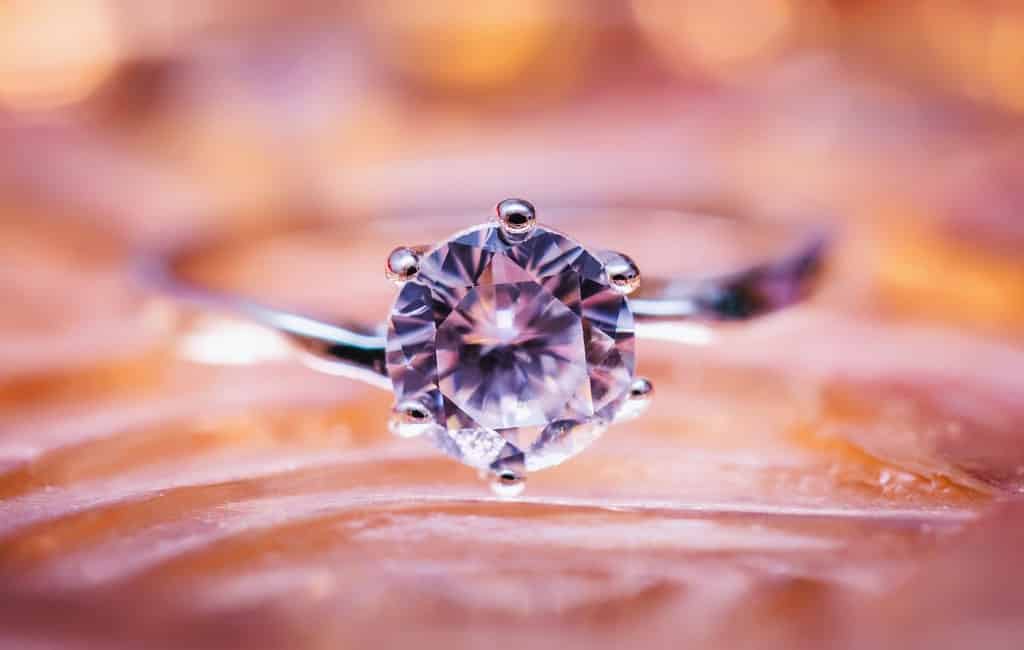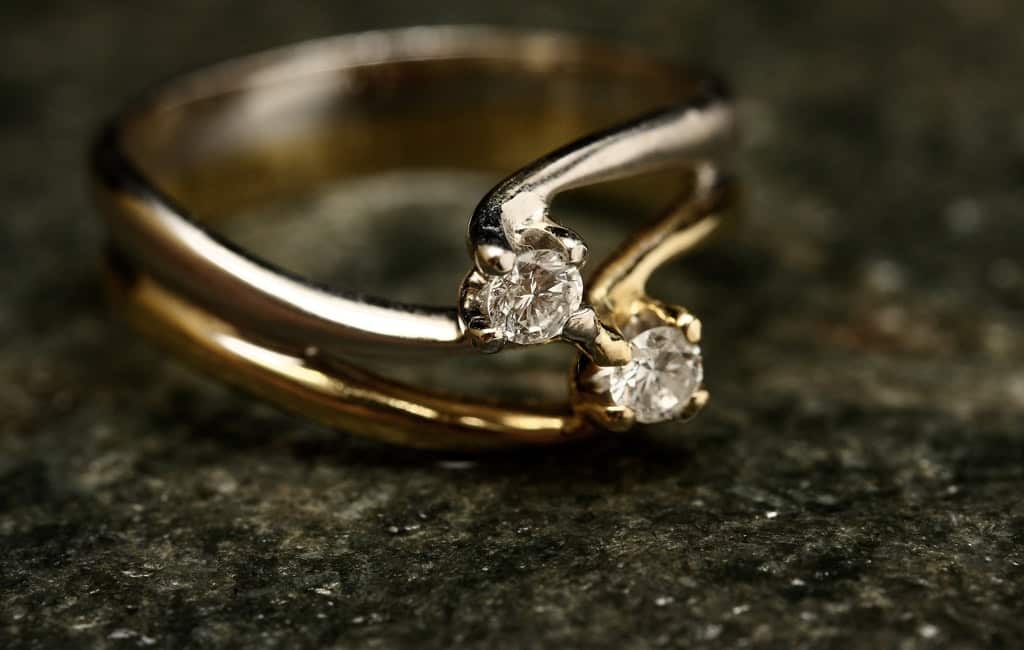Gemstones are mineral deposits which are found deep beneath the earth’s crust in many cases (except in instances where they occur naturally as organic materials formed by living things, like pearls, which are formed by oysters).
There are different types of gemstones which are scattered in countries across the world. They include precious stones such as rubies, diamonds, sapphires and emeralds, as well as semi-precious stones like jade, topaz, pearl, alexandrite, citrine, quartz etc. A lot of them are widely used in jewelry making while others are used in other industries in activities such as building, mining and drilling.

WHAT ARE DIAMONDS?
Diamonds are gemstones that are formed when pure carbon is exposed and subjected to very high or extreme forces of heat and pressure. This entire process often takes place deep beneath the earth’s crust (several hundred miles deep). And what usually takes place is that available deposits of pure carbon are usually transformed by these extreme forces of heat and pressure until all the pure carbon atoms become rearranged into a rigid crystal lattice structure. This rigid crystal lattice is usually held together and bound by very strong covalent forces, which leave little or no room for infiltration by other chemical elements or compounds.
Diamonds occur in different shapes, forms and sizes in nature and they also have very desirable physical qualities (such as their hardness, sparkle and brilliance). These attributes couples with the fact that diamonds are so rare – they can only be found naturally in 35 countries across the world – make diamonds so desirable and prized as gemstones.
WHY ARE DIAMONDS SO DESIRABLE?
For many years now – for at least several millennia – diamonds have been prized and held in the highest esteem amongst all other gemstones; which is no small feat, considering the fact that there are several dozen types of gemstones in the world. The wide varieties of diamonds that exist around the world are numerous, and they can be grouped into two categories which are; precious stones and semi-precious stones.
Precious stones are gemstones that are usually held in the highest regard of both sentimental value and commercial values (but mostly commercial value) around the world. They are not very many in number but they include; diamonds, rubies, sapphires and emeralds. Amethysts used to be considered precious stones until large deposits of them were discovered in Brazil, which goes to prove that rarity is one of the most important factors when it comes to dividing gemstones into precious and semi-precious categories.
Semi-precious stones, on the other hand, include; topaz, citrine, turquoise, kyanite, alexandrite, quartz, pearls (which are organic stones formed by mollusks), jade and so on.
Of all the gemstones in the world – both precious and semi-precious – diamonds are considered the most desirable. This is because of several factors, which include the elegance and brilliance of the stone (especially when polished), as well as its rarity and the fact that it happens to be the hardest known gemstone in the world. Due to the fact that they are usually colorless, diamonds can usually go with anything (i.e. any sort of attire), and their remarkable hardness is one of the reasons why people see them as the best kind of gemstones for weddings and marriage proposals; this is because diamonds are generally seen to represent a forever kind of love, seeing as they are one of the hardest substances in the world.

DOES THE ORIGIN OF A DIAMOND MATTER?
A diamond can be grouped into one of two distinct categories, based on where they are found or mined (this usually occurs in the case of natural diamonds, which occur naturally). These categories include the following:
- Conflict or blood diamonds
Conflict diamonds or blood diamonds are the kind of diamonds that are usually mined in countries experiencing civil unrest or war, by other forces other than those approved by the legitimate and legal government of that place. This type of diamonds are usually traded and sold to gain revenues which are used to purchase weapons or fund the cause of such (militant) forces, thereby resulting in loss of lives and casualties.
Nowadays, blood diamonds are not as common as they used to be (they are now very rare) as a result of measures which have been put in place, such as the Kimberly process; which is a method of embedding certification and registration tags into legitimate (non-conflict diamonds) by means of laser technology.
- Non-conflict diamonds
Non-conflict diamonds are the type of diamonds that are not mined illegally, by forces other than the legitimate government of the diamond-bearing country. This type of diamonds is usually sold openly in gemstone markets across the world and it makes up more than 90 percent of the natural diamonds traded around the globe.
Non-conflict diamonds usually have certification and registration embedded within them by means of a laser technique known as the Kimberly process.
WHERE IS DIAMOND FOUND?
Diamonds are usually found in only 35 countries around the world. The top five diamond producing countries in the world include the following:
- Russia
Russia is a country that has large deposits of diamonds, probably some of the largest in the world, with over 12 open-pit mines. Diamond mining began in Russia in 1947, but now this country is one of the top diamond producing countries in the world.
- Botswana
Botswana is the second highest diamond producer in the globe. Diamond production commenced in this country in the year 1971, and the diamonds produced in Botswana are usually larger and of much better quality compared to the ones produced in Russia.
- Democratic Republic of Congo
Due to the political unrest in DR Congo, diamond production has not been streamlined and constant over the years; yet, this country has one of the largest deposits of diamonds around the world.
- Australia
Diamond mining began in Australia in 1981, and since then, the country has not looked back. This country – that also happens to be a continent – boasts some of the highest deposits of diamonds in the world. However, only about 5 percent of them are gem-quality (most of them are industrial grade diamonds).
- Canada
Canada has one of the largest deposits of diamonds in the world and their diamonds are usually known for being legit and perfectly legal (unlike many of the diamonds produced from Africa, which are generally regarded as conflict diamonds – or blood diamonds – even when this isn’t the case).

